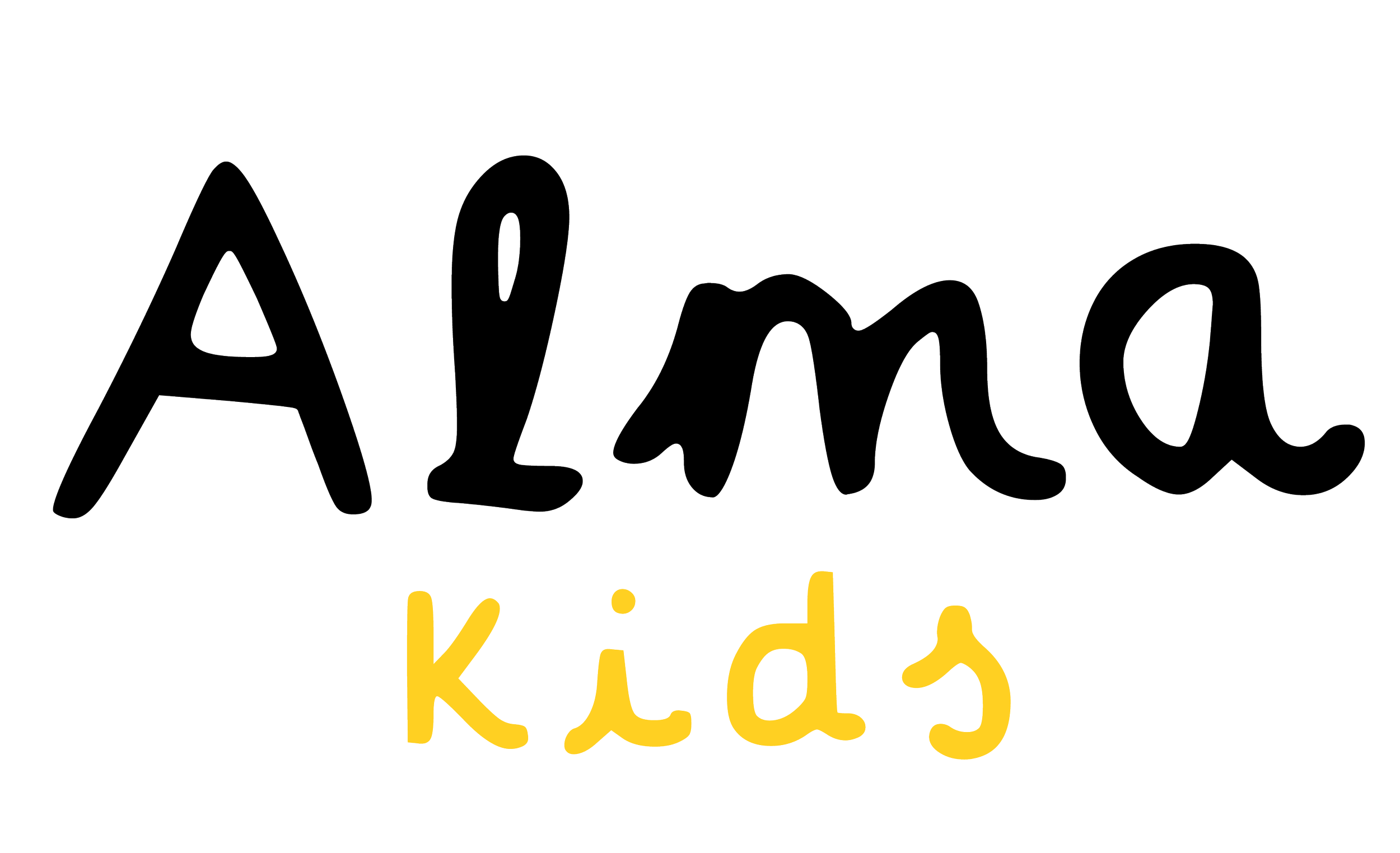
Join the Alma characters on their journey through Planet Earth, as they discover the wonders of sound, nature and movement. The 5 Tibetan Rites are a form of Yoga practiced by the Tibetan monks in the Himalayas.
A daily exercise routine with some musical storytelling.
A little secret: all our instruments are magically aligned with balancing vibrations for your heart, body and soul.
Yoga Series Package
£45.00



















The Prayer for Plants is an upbeat song in G Major, helping to evoke joy and happiness. The ukulele and shaker provide an offbeat accompaniment, encouraging children to clap along to the beat! Each verse ends with the same refrain, ‘hear our prayer for plants’. The vocal harmony develops in the final chorus, reflecting how everything around us is always growing and evolving.